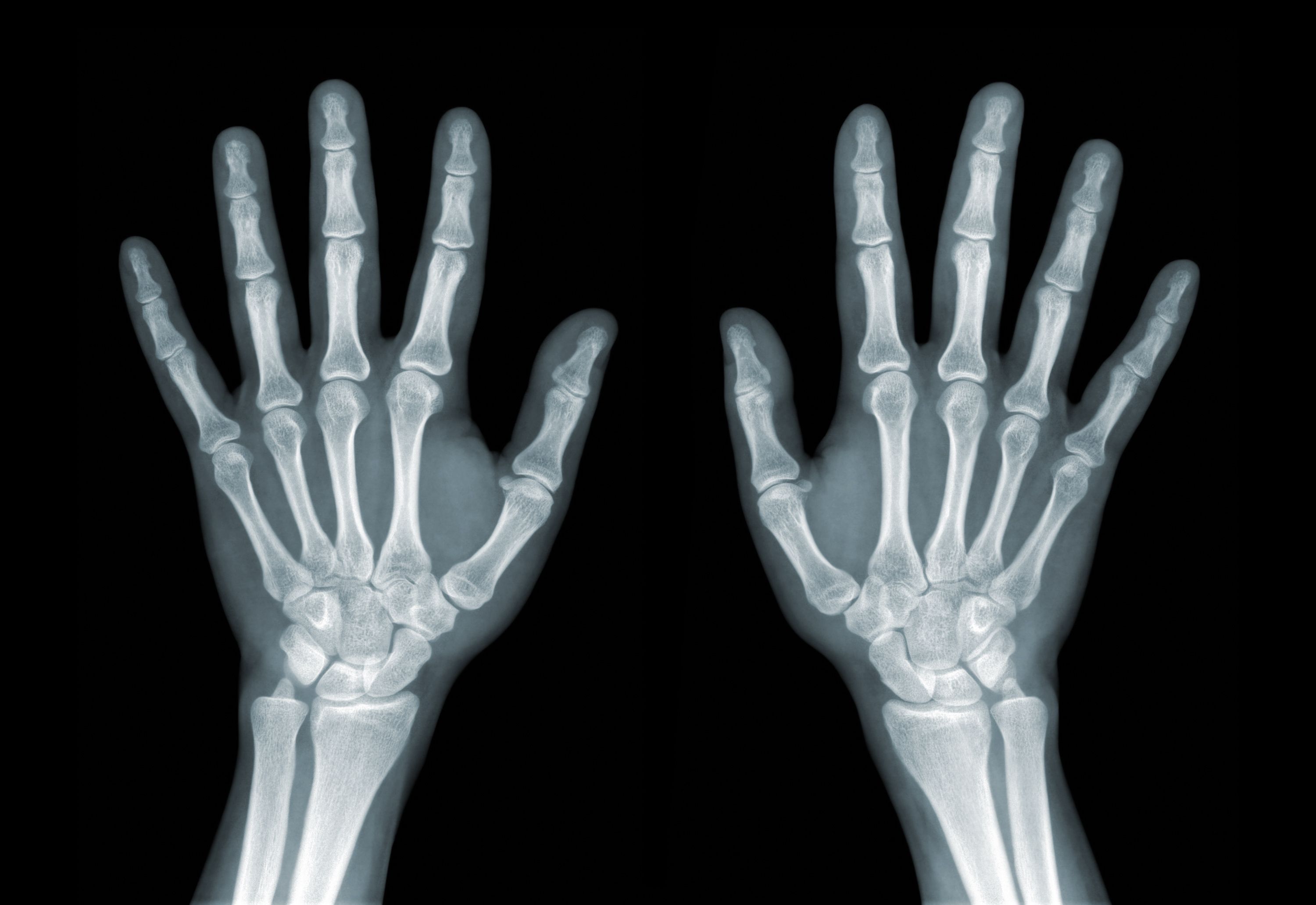Etanercept Effectively Slows, Stops Radiographic Progression in RA, PsA
The PRERA trial was the first real-world, non-interventional study to analyze radiographic progression in patients with RA or PsA treated with etanercept.
In patients with rheumatoid arthritis (RA) and psoriatic arthritis (PsA), mean radiographic progression was lower and the proportion of patients without any progression was higher in those treated with etanercept (ETN) when compared with the pre-ETN period, according to a study published in Springer.1

“There is evidence to suggest that radiographic progression may continue in patients receiving conventional synthetic disease-modifying antirheumatic drugs (csDMARDs), even when clinical remission is achieved—the so-called silent progressors,” investigators explained. “In contrast, radiographic progression was found to be stopped in patients being treated with tumor necrosis factor (TNF) blocking agents, even if they were not in clinical remission. The question of whether radiographic progression can be halted in patients treated with TNF blockers and its correlation to clinical response in routine clinical practice are therefore of particular relevance.”
The PRospective Evaluation of The RAdiographic Efficacy of Etanercept in Patients With Rheumatoid Arthritis or Psoriatic Arthritis (PRERA) trial was the first real-world, non-interventional, prospective, multicenter study that analyzed radiographic progression in patients with RA or PsA who were treated with ETN for ≤ 36 months. Eligible patients attended up to 10 outpatient visits across 2 study phases (phase 1: 7 visits every 3 months between baseline to month 18; phase 2: 3 visits every 6 months between month 18 and month 36). Enrollment in phase 2 was optional. Radiographs of the hands and feet were collected at baseline (Rx1), months 12-18 (Rx2), and months 30-36 (Rx3). If available, historic radiographs (Rx0) taken pre-baseline were also assessed.
Eligible patients had a clinical diagnosis of RA or PsA, were naïve to ETN, and eligible for ETN treatment. The primary outcome was any changes (both absolute and annualized) in the modified total Sharp score (mTSS). Other endpoints were changes in erosion score (ES), the joint space narrowing score (JSN), and in the disease activity score in 28 joints (DAS28). Both adverse events (AEs) and serious adverse events (SAEs) were reported.
Of the 1821 patients enrolled in the study, 1378 were diagnosed with RA and 440 had a PsA diagnosis. Approximately half of the patients completed phase 1. A total of 36% of patients with RA and 39% of patients with PsA discontinued treatment with ETN before the end of the study, citing lack of efficacy and AEs.
For those with Rx1 and Rx2 information (RA: n = 511; PsA: n = 167), mean mTSS was stable and the annualized median change in mTSS was 0. In patients with Rx0, Rx1, and Rx2 (RA: n = 180; PsA: n = 47), annualized radiographic progression in mTSS, JSN, and ES was greater before treatment with ETN than during treatment for both groups. Further, the percentage of patients with radiographic non-progression was higher during the ETN treatment period when compared with pre-ETN.
Clinical disease activity and patient-reported outcomes also improved during ETN treatment. Mean DAS28 decreased from baseline though the end of phase 2 across both groups. Additionally, the proportion of patients in DAS28 remission steadily increased from baseline in both patients with RA (6-62%) and PsA (10-65%). Mean Hannover Functional Ability Questionnaire (FFbH) scores increased from baseline to month 18 for both groups and remained stable during phase 2. No new safety signals were detected.
Limitations included the low number of patients who completed both phases of the study. However, phase 2 was optional and added after the enrollment period was extended. Another limitation was that only baseline X-rays were mandatory, which led to the lower number of follow-up X-rays. This missing data may have led to bias and an overestimation of the results.
“In patients with available radiographic data, a large proportion of the patients were treated with ETN for up to 3 years without radiographic progression,” investigators concluded. “Furthermore, disease activity was reduced during ETN treatment, and increased functional remission and improvements in patients’ quality of life (QoL) were observed.”
Reference:
Wassenberg S, Rau R, Klopsch T, et al. Etanercept is Effective and Halts Radiographic Progression in Rheumatoid Arthritis and Psoriatic Arthritis: Final Results from a German Non-interventional Study (PRERA) [published online ahead of print, 2022 Oct 17]. Rheumatol Ther. 2022;10.1007/s40744-022-00491-4. doi:10.1007/s40744-022-00491-4